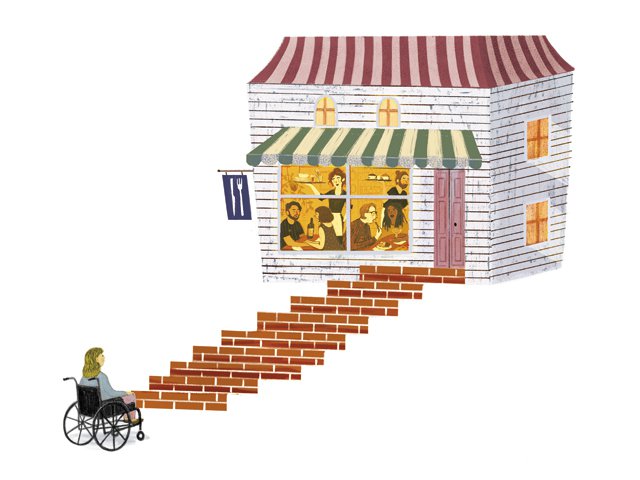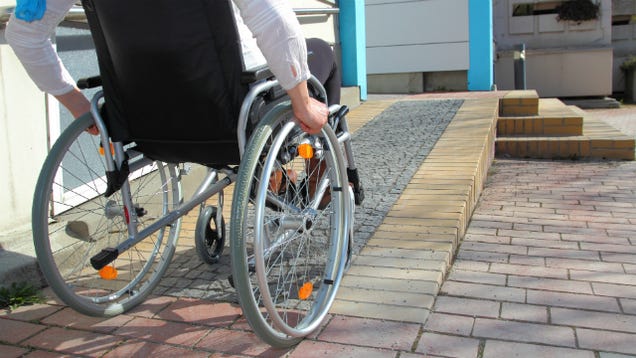Dining with a Disability
 |
| Illustration by Victoria Borges |
by Hollister Lindley
There are many kinds of disabilities. Some are invisible: Heart disease, cancer, multiple sclerosis and many other ailments may cause you to wonder why a fairly mobile person parks in the handicapped spot, but they’re deserving of the space all the same. Some disabilities are clearer: people who don’t walk well but can walk a little, or perhaps navigate a manual wheelchair. For some, like me, finding an accessible restaurant in Richmond can be a nightmare.
...
A few of RVA’s accessible restaurants:
Acacia Mid-town, Can Can, Fleming’s, Kuba Kuba Dos, Lemaire, Metzger Bar & Butchery, Pasture, Patina Bar And Grill, Rappahannock, The Roosevelt, Secco Wine Bar, Southbound, Tazza Kitchen (Short Pump)
Read the whole article via the Richmond Magazine: http://richmondmagazine.com/restaurants-in-richmond/food-news/dining-with-a-disability/
















